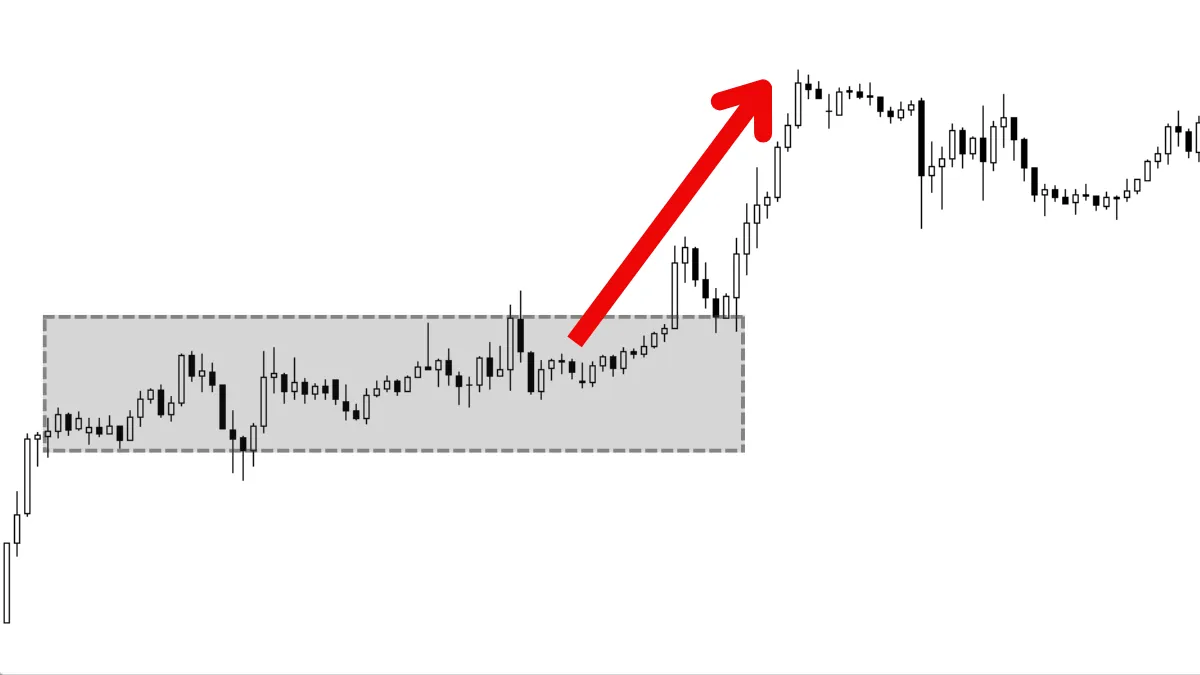What kind of return do you expect from forex trading?
Every trader entering the forex market initially aims for profit. However, setting realistic and achievable return expectations in the market is key to a trader's long-term success. The forex market is a high-risk, high-reward field, but this does not mean that every trade will yield substantial returns. To become a successful trader, you need to understand your expected returns and learn how to set reasonable goals based on your risk tolerance and market conditions.1. Understand realistic return expectations
Return expectations in forex trading need to be based on reality. Many novice traders start with unrealistic fantasies about returns, believing they can get rich quickly in the short term. However, this mindset often leads to overtrading and emotional decision-making. Therefore, understanding the realistic market return rates is the foundation for developing trading strategies.a. Refer to professional traders' return rates
According to data from professional traders, a stable forex trader's monthly return rate typically ranges from 2% to 5%. This may not seem like a very high number, but under the long-term compounding effect, such returns can accumulate into quite substantial profits. Successful traders do not pursue short-term windfalls but gradually grow their capital through stable returns.b. Avoid unrealistic goals
Setting overly high return targets can lead to overtrading or risky operations, which ultimately affects the trader's mindset and capital safety. Therefore, keeping return expectations within realistic ranges is key to protecting capital and achieving long-term profitability.
2. How to set return expectations based on risk tolerance?
When setting return expectations, the first step is to understand your "risk tolerance." Risk and return are closely related; when you hope to achieve high returns, it usually means you need to bear greater risks. Therefore, it is reasonable to set return expectations based on risk tolerance.a. Low risk, low return
If your risk tolerance is low, then choosing low-risk trading strategies, such as long-term trading, would be more suitable. The returns from such strategies may not be very high, but the capital safety is higher, helping you maintain stability.b. Medium risk, medium return
For traders who can bear a certain level of risk, swing trading is a good choice. The returns from such trading strategies are usually at a medium level, and risk control is relatively easier to manage.c. High risk, high return
If your risk tolerance is high and you can dedicate yourself full-time to the market, then high-frequency short-term trading may suit you. This type of strategy has great return potential, but the risks are also higher. Achieving stable profits in high-risk environments requires excellent market analysis skills and psychological resilience.3. Set reasonable return targets
Based on your trading style and risk tolerance, setting reasonable return targets is an important part of your trading plan. Here are some guiding suggestions for setting return targets:a. Set monthly and annual targets
Based on your trading strategy, set short-term (monthly) and long-term (annual) return targets. This helps you stay focused during the trading process and prevents you from deviating from your established plan due to short-term fluctuations. For example, you could set a monthly return rate of 3% and an annual target of 30%-40%.b. Measure your risk-reward ratio
When setting return targets, ensure you have a reasonable risk-reward ratio. It is generally recommended that the risk-reward ratio for each trade be between 1: 2 or 1: 3, meaning your potential return should be at least twice or three times the risk. This way, even if your win rate is not very high, you can cover potential losses through high returns.c. Use compounding growth strategies
In forex trading, a stable compounding growth strategy is more effective than a one-time high return. After each profit, reinvesting part of the earnings can allow your capital to grow over time. This compounding strategy can accumulate considerable wealth in the long term.
4. Adjust return expectations based on trading time
The time you invest in the forex market will also affect your return expectations. Based on different time investments, you can set different return targets:a. Full-time traders
If you are a full-time trader who can invest a lot of time observing the market, your expected returns will typically be higher. Depending on market conditions, you can set a monthly return target of 5%-10% and adjust it based on your trading style.b. Part-time traders
If you are a part-time trader who can only invest limited time each day, then your return targets should be relatively conservative. For example, a monthly return of 2%-5% would be a reasonable expectation. This allows you to focus on high-quality trading opportunities within limited time.c. Long-term investors
For long-term investors, return targets should be based on annual plans. For example, you could set an annual target of 10%-20%, which can help avoid short-term market fluctuations affecting your emotions.5. Pursue stable returns rather than short-term windfalls
In forex trading, stable returns are more important than one-time high profits. Traders should focus on long-term stable growth rather than chasing short-term windfalls. Stable returns mean you can remain calm during market fluctuations and avoid overtrading in pursuit of high returns.Conclusion
Return expectations in forex trading should be based on reality and matched with your risk tolerance and time investment. Setting reasonable return targets and maintaining discipline and stability are key to achieving long-term profitability. Do not be misled by short-term market fluctuations; focus on long-term capital growth and stable returns, which will help you remain competitive in the forex market.Hi, We are the Mr.Forex Research Team
Trading requires not just the right mindset, but also useful tools and insights.Here, we focus on Global Broker Reviews, Trading System Setup (MT4 / MT5, EA, VPS), and Forex Trading Basics.
We personally teach you to master the "Operating Manual" of financial markets, building a professional trading environment from scratch.
If you want to move from theory to practice:
- Help share this article to let more traders see the truth.
- Read more articles on Broker Tests and Forex Education.





